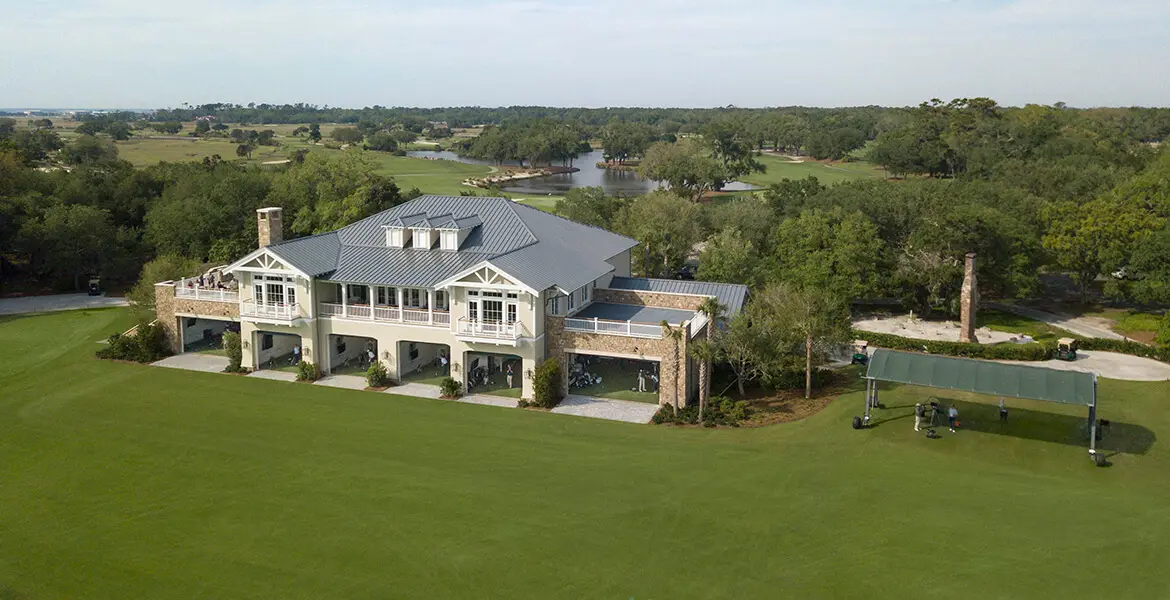
The Toronto Golf Club keeps its own cutting garden, furnishing fresh bouquets for dispersal throughout its English manor-style clubhouse. Built in 1913, the clubhouse lies at the end of a half-mile, tree-lined road that winds past a classic Harry Colt-designed course. The club’s wooded grounds lie but a mile off the exit of a main highway that runs east seven miles to Toronto, Canada’s biggest and busiest city. But their club, which originated in 1876 and is the third oldest in North America, still seems a sylvan retreat.
Toronto Golf Club was originally located just east of the city center. Its 19th-century members satisfied themselves with a makeshift course that played on and around land that, over the years, has proven serviceable for many courses. As the city grew, the club needed a new home. A search committee located land on the Etobicoke River west of Toronto and just north of Lake Ontario, in wooded, pristine ground that offered frequent elevation changes. Colt, the Englishman who with partner C.H. Alison had worked on Sunningdale’s majestic Old Course (originally designed by Willie Park), was the architect of choice.
Colt’s 1911 plan for the course is prominently framed in a downstairs library and trophy room in the clubhouse. The course’s heathland nature becomes well apparent as the golfer steps on the 2nd teeThe fairway of the 387-yard hole appears to sweep away, offering a long view, as is usually the case on heathland courses such as Sunningdale and Walton Heath near London.
The course marches along, one tasteful, strong hole after another. The third, at 448 yards to a green that falls away on three sides, is a tiger. The fourth, called “Colt” (it was a hole the architect took special pride in), is the first of four outstanding par 3s and a superb Redan.
The 17th, called “Graveyard,” is 222 yards, beautifully situated on the card for the match-play events so popular at Toronto. A long, thin bunker down the left side that runs up near the green is dangerous, while the woods to the right are lovely, dark and deep, to appropriate Robert Frost’s words. Crafty members knock the ball down and let it run in from the front.
That’s a characteristic Toronto Golf Club shot, one you may also think to play at the 339-yard closing hole, played across a gully to a fairway that seems to hide in a glade in the woods, backed by the clubhouse straight ahead and the big, open green that sits slightly askew as the hole bends right.
Here, in a garden-like setting on the lawn just left of the last green, members sit on a summer’s evening and enjoy a drink or a meal. They watch incoming players, many of whom think the last hole is a birdie hole. And it is. But the green is exceedingly tricky, big as it is, and full of knobs and flourishes reminiscent of one of the gigantic greens at the Old Course. This is traditional golf at its finest.
Still, that doesn’t mean the club is so fixated on the past it has no regard for the present or eye to the future. The club for decades had a dress code—golfers could only wear Bermuda shorts and knee-high socks. But the club came to realize that golfers liked to be comfortable, and for many this meant wearing shorts with ankle-length socks. And so the policy was changed.





